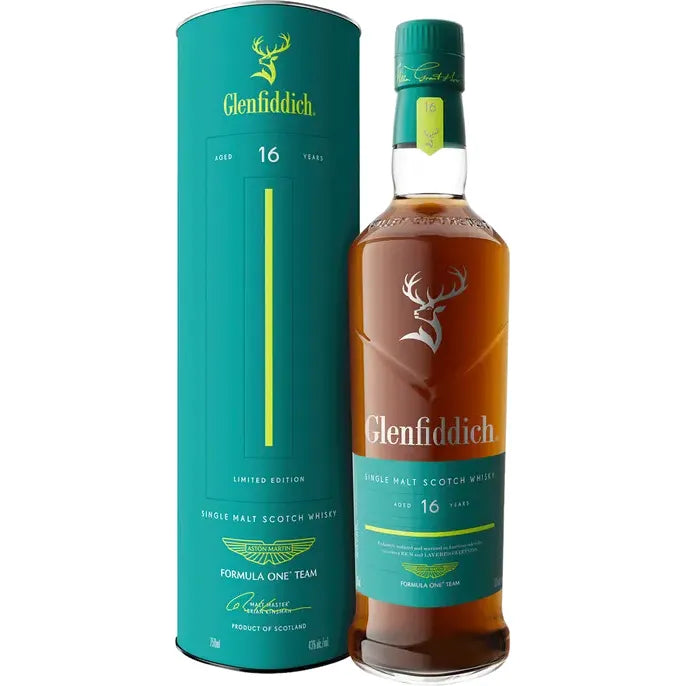Spotlight Q&A: History and Heritage
Recently I spoke to Mike Keyes, the North American Region president at Brown-Forman who’s been with the company for 24 years. We talked about Brown-Forman’s tradition of whiskey-making, its recent infrastructure investments and what sets the Kentucky-based company apart from its multinational competitors. The following is an edited portion of that conversation.
BD: Consumers, especially in the whiskey category, seem to be drawn to stories about tradition and heritage. How important is it for Brown-Forman to talk about the history of its brands when speaking to consumers?
That’s 100 percent right. Consumers today look for a lot of things, and one of those is authenticity. This is a time when whiskey is going through a renaissance and there are a lot of new products out there. The great thing about George Garvin Brown is that he put a guarantee on his whiskey, and as the category gets bigger we see more new whiskeys out there and they’re not all manufactured the way consumers may think they are. So when you look at Old Forester coming up on its 145th year, not only is it pretty remarkable to survive that long, but we still strive to live up to that guarantee from 1870.
The other aspect related to authenticity is that this is an American company and has been controlled by the Brown family for almost 150 years. We’re in our fifth generation and there aren’t many companies left like that anymore. There are very few American distilled spirits companies, and certainly none our size. So it’s becoming a rarity for a company as large as Brown-Forman to remain an American company and we’re very proud of that.
What sets Brown-Forman apart from other beverage alcohol companies?
It’s great to be able to talk about George Garvin Brown and Jack Daniels and other pioneers in our industry. They were real people, not cartoon characters. We’re able to show their photographs and talk about the history they left behind, which really resonates with consumers.
Something else that resonates is a home place. People can go visit where our products are made and there’s a history there. For example, every drop of Jack Daniel’s since at least Prohibition has been made in Lynchburg, Tennessee. Old Forester is all made in Louisville, and we make Woodford at a single distillery in Kentucky. They’re real-life places where consumers can learn, smell, taste and see how everything comes together. For me the only thing in our industry that compares to the Bourbon trail is Napa – nothing else comes close.
The craftsmen who make our products, the master distillers, are artists and I often compare them to winemakers. They start with some rules about making Bourbon or whiskey a certain way; then they work with the rest of the artists’ palette to make the product unique. People are looking for crafted, flavorful products. The modern consumer wants a more flavorful alternative to competitors’ spirits and I think that’s one reason whiskey is doing so well.
How will your recent investments help the company grow?
We’ve made a $30 million-plus investment in the Old Forester Distillery, with another $35 million at Woodford and $100 million for Jack Daniel’s – but the most significant thing we’ve done of late is build a new cooperage in Alabama for $60 million.
As whiskey is booming, it’s becoming scarcer for some folks in the business. Our ability to make barrels puts us in a unique position. Five or ten years ago people thought we were silly to own a cooperage – now we own two and look like geniuses. So I guess timing is everything. In the whiskey industry about half the flavor in our product comes from the barrel, so it’s a great advantage that we make 600,000 barrels per year – all for Brown-Forman whiskeys.
By owning a cooperage, you become cooperage experts. So we don’t go to a cooperage and ask for a heavy char, we can test different roasts and chars ourselves. We’re constantly innovating at the cooperage with different finishes and flavors. In this era where consumers are looking for the latest new thing, we’re uniquely positioned to bring them those innovations.
BD: How did Brown-Forman remain a family-owned company for so long? Do you think that will change?
It was very purposeful – the company actually wants to be around. One of our core missions is perpetuity, which is a funny mission, but the Brown family is committed to the business and wants to remain in the industry.
Most of the American companies that were at the top of the industry in the mid-century moved to New York. They got away from the Bourbon belt, which made it easier for them to get out of the business. Brown-Forman lives and breathes whiskey; it’s very active in the community. That makes it easier for them to endure and more difficult to leave the industry because this is where they live.
The post Spotlight Q&A: History and Heritage first appeared on Beverage Dynamics.



